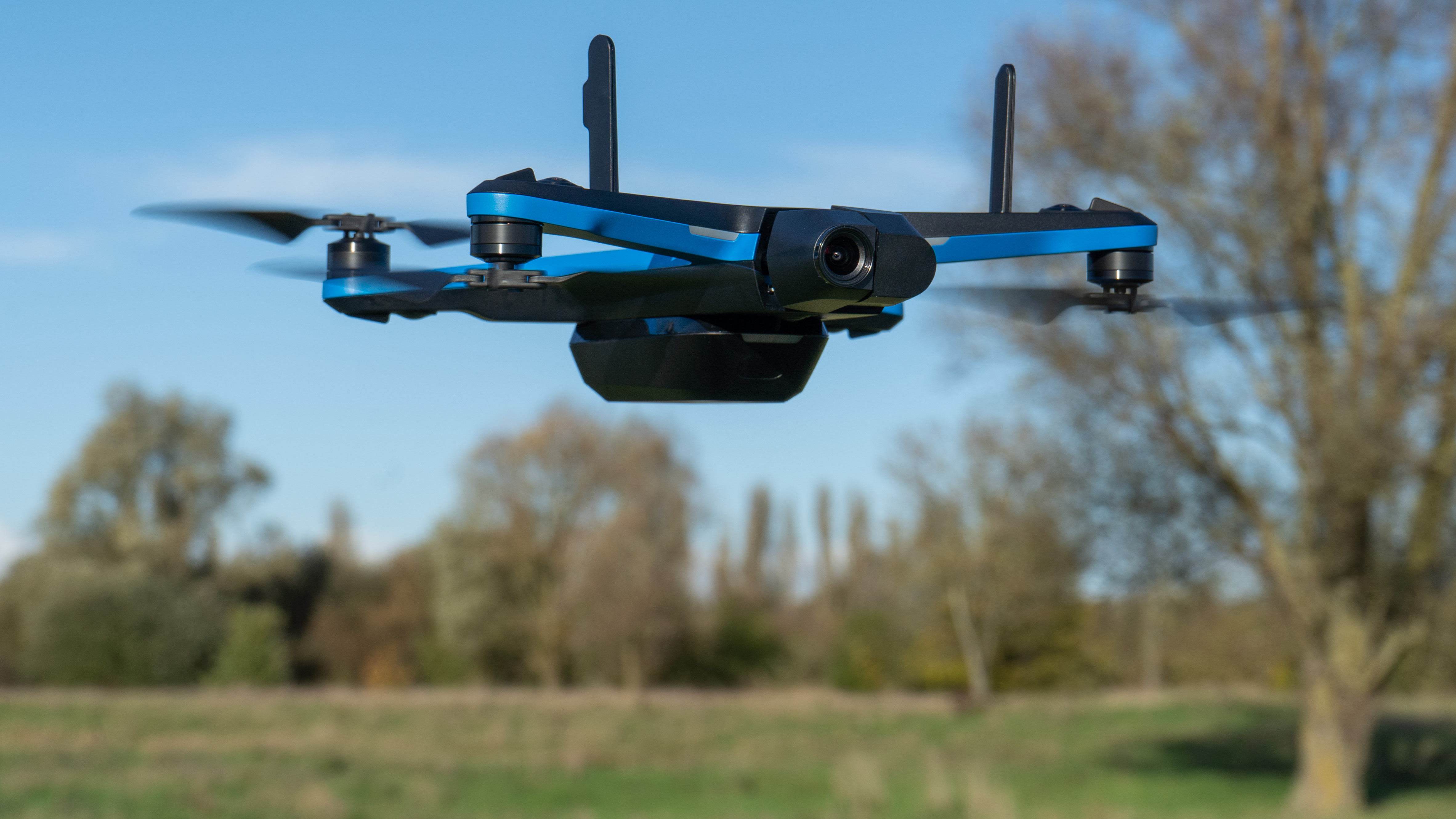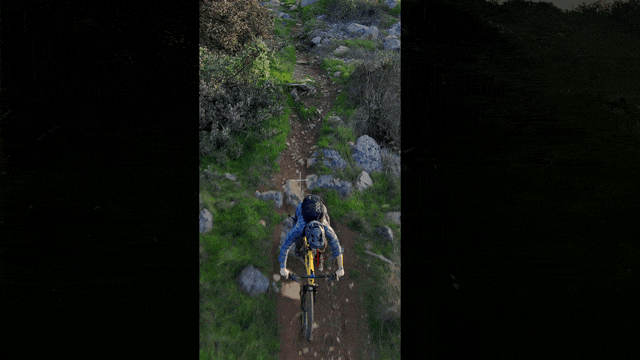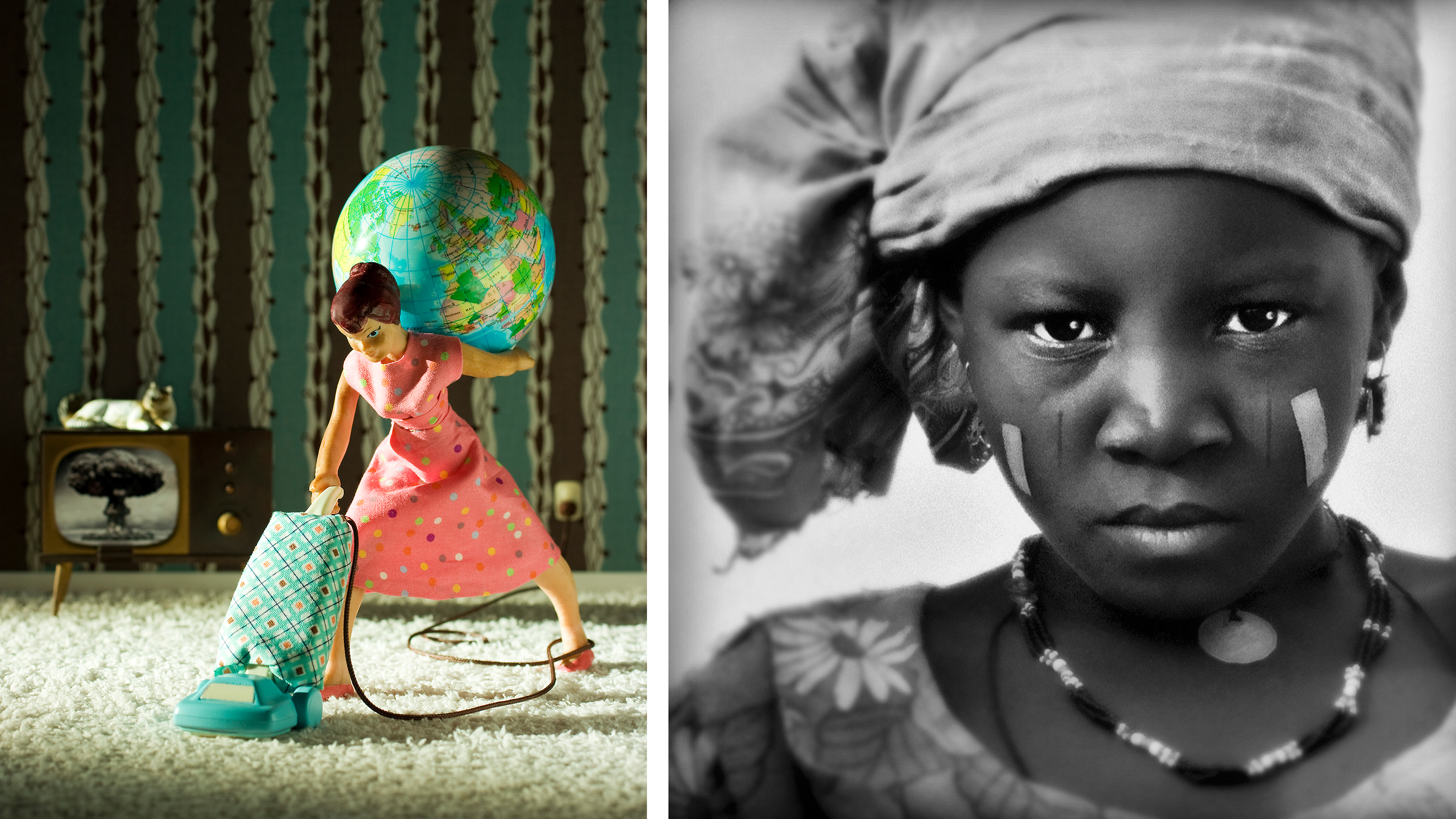Skydio abandoned us – why does it keep happening to consumer drone users?
The consumer drone market seems to be getting more and more like a romantic comedy – you have to choose 'the one'! But why? Why did Skydio go?

What gives? We're a big and growing consumer market? We ought to be getting attention from everywhere, but instead, there's one looming presence in the shape of DJI, making it very hard to see and hear the other contenders. That's a shame because we want to flirt with more possibilities than ever-improving battery life and camera specs. Skydio was perhaps the most interesting alternative out there – the Skydio 2+ had a whole different way of thinking with its on-board AI – so it seems especially sad to be typing a lament for the demise of its consumer division.
It's happened before, though, and, tragically, it wasn't hard to anticipate here either. Here's why. Remember Parrot's snappy, innovative little Anafi drone? It was doing the rounds in around 2019 while DJI had yet to release the Mavic 2 but was attempting to woo consumers with the plasticky Mavic Air. Parrot didn't just attempt to compete on camera or battery spec grounds, but even came up with an FPV option that wasn't out of reach for normal consumers.
Where is Parrot now, though? It's now marketing its drones exclusively to professionals and leaning hard on the not-being-Chineseness of the drones in question (in the US and Australia, among others, buying Chinese is becoming a political hot potato.)
So Parrot's prices went up, and they instantly didn't have to advertise or deal with fickle consumers or complicated supply chains. You can understand why they abandoned consumers. If we're honest, it was even easier to anticipate with Skydio; its signature automation technology has obvious appeal for all kinds of commercial applications where organizations have the resources to negotiate with aviation authorities and get special exemptions to operate beyond line of sight.
It is also something the US government effectively encouraged, by taking away the competition from the commercial market while leaving it there in the consumer space.
For sake of argument (and because it's more or less true) let's say that DJI's tech is – with exceptions – the best. You can either compete by being better within a niche which, to be fair, Skydio clearly tried. Or you can get the government to block sales of your competitor. Whether Skydio pushed for this or not, that's what happened – the door to the US government & state services markets was opened for them artificially by trade regulations and shouty politicians.
The flip side of that is that Skydio's AI tech had a unique potential for a follow-me action (still has, if you're buying the end-of-line Skydio 2+). In that respect the drone's AI whipped the equivalent tech in every competitor we've tried – including DJI's Mavic 3 Pro and Air 3.
Get the Digital Camera World Newsletter
The best camera deals, reviews, product advice, and unmissable photography news, direct to your inbox!

That's not to say there aren't some worries. If you're honest, was (is) it a technology that promotes trust? Not exactly. The Skydio was clever and quick to respond to things its multitude of digital 'eyes' detected, but that also made it difficult to understand, and when you can't quickly understand how a device is making decisions, you can't truly be in control of it.
That made the Skydio the same legislative nightmare that self-driving cars are, though if we're honest we don't think that was what capped sales. In the fight against DJI, the drone would benefit from a better main camera – sure, it captures 4K, but it'd have been nice to see some of the same innovation in terms of sensor size and multiple cameras as seen in DJI's higher end.
Perhaps the idea of a fly-and-forget craft isn't really about artistry, so the customers aren't willing to pay a high price for the camera?
Perhaps, but in a fair playing field I feel there would have been at least a sustainable demand for tech like Skydio's. The problem was that Skydio sat on the edge of two unfair playing fields – one in which small-scale use of autonomously piloted craft is viewed with suspicion by aviation authorities, and another unfair field skewed hugely in Skydio's favor.
It's no wonder it took its ball away.

With over 20 years of expertise as a tech journalist, Adam brings a wealth of knowledge across a vast number of product categories, including timelapse cameras, home security cameras, NVR cameras, photography books, webcams, 3D printers and 3D scanners, borescopes, radar detectors… and, above all, drones.
Adam is our resident expert on all aspects of camera drones and drone photography, from buying guides on the best choices for aerial photographers of all ability levels to the latest rules and regulations on piloting drones.
He is the author of a number of books including The Complete Guide to Drones, The Smart Smart Home Handbook, 101 Tips for DSLR Video and The Drone Pilot's Handbook.
